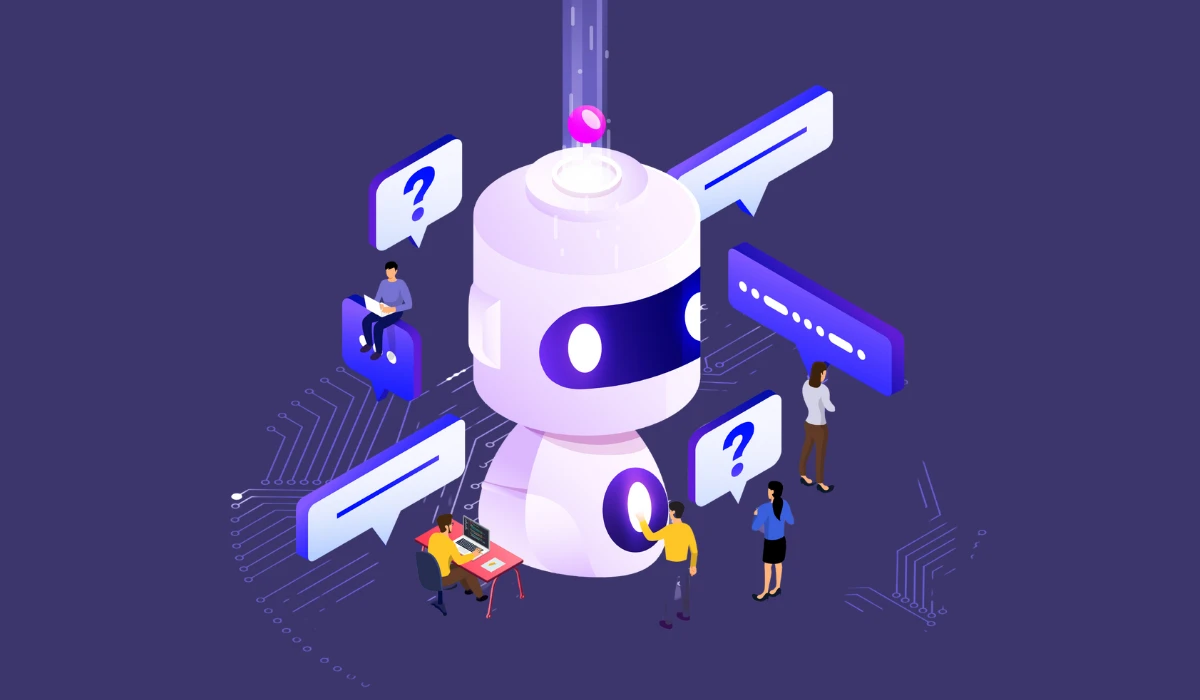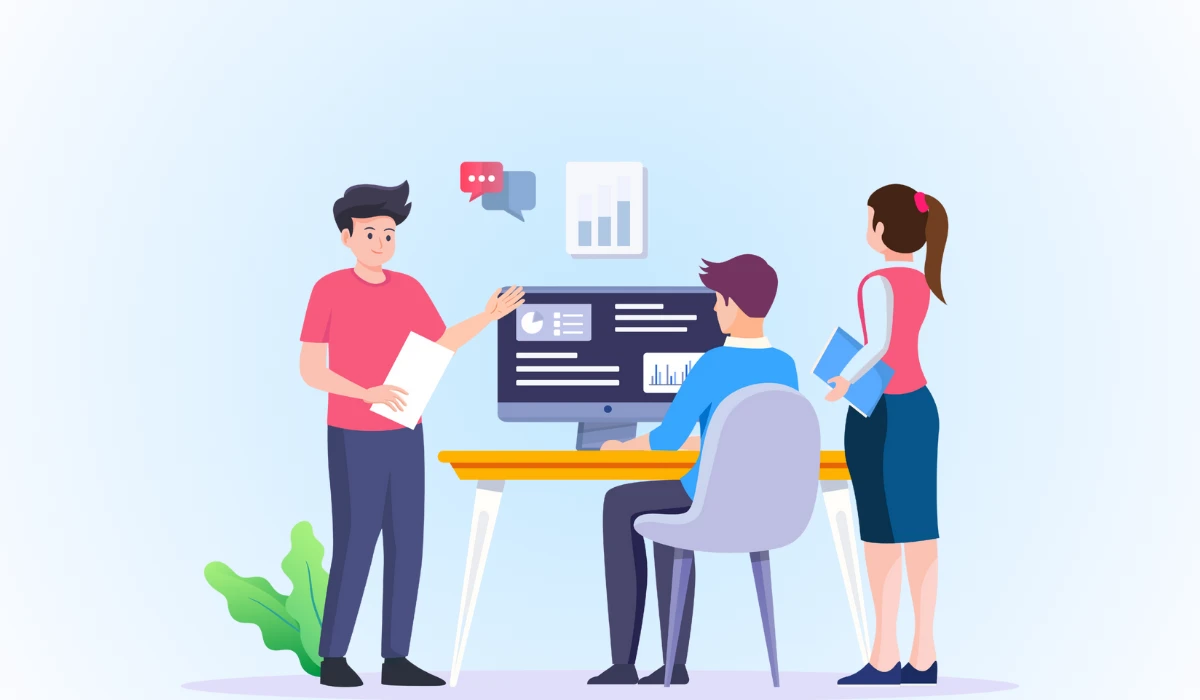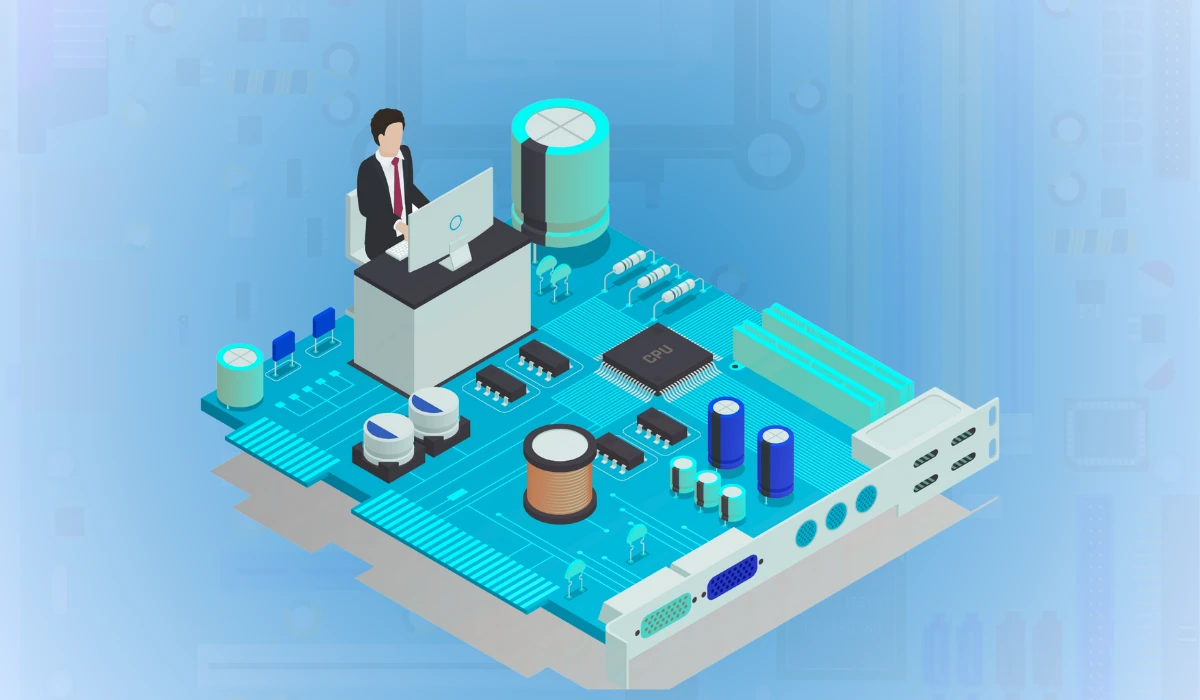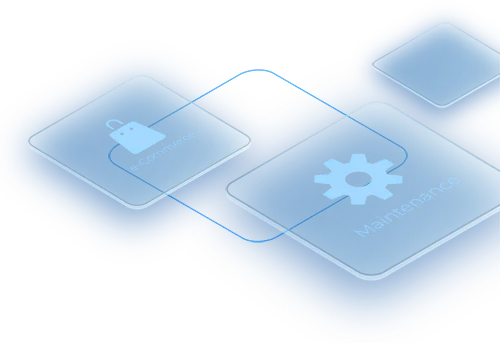
Understanding the Types of Tiers in ERP Systems

Understanding the Types of Tiers in ERP Systems
In today’s fast-paced business environment, staying competitive means having the right tools at your disposal.
One such tool that has revolutionized the way organizations operate is Enterprise Resource Planning (ERP) systems.
These integrated software solutions streamline business processes, optimize resource utilization, and enhance decision-making capabilities.
In this blog post, we’ll delve into the fundamentals of ERP systems and explore the different ERP tiers within this technology landscape.
Content Index
- What is an ERP System
- Different Tiers in the ERP System
- What is Tier 1 ERP?
- What is Tier 2 ERP?
- What is Tier 3 ERP?
- Comparison of Tier 1, 2, and 3 ERP Systems
- Finding the Perfect Tier System for Your Business

What is an ERP System
Enterprise Resource Planning (ERP) is a software system that integrates various business processes and functions into a single platform.
It is basically a type of software that puts all business tasks together in one place.
It allows companies to streamline operations, improve efficiency, and make data-driven decisions.
ERP systems typically include modules for functions such as finance, human resources, manufacturing, sales, and supply chain management.
Read more about Enterprise Resource Planning!
Different Tiers in the ERP System
ERP systems are categorized into different tiers based on their complexity, scalability, and target market.
The three main ERP tiers are Tier 1, Tier 2, and Tier 3. Let’s take a closer look at each tier:
What is Tier 1 ERP?
Tier 1 ERP solutions are designed for large enterprises with complex operations and global reach.
These systems offer comprehensive functionality to support diverse business processes across multiple locations and business units.
Examples of Tier 1 ERP systems include SAP S/4HANA, Oracle ERP Cloud, and Microsoft Dynamics 365.
SAP S/4HANA
It is a leading Tier 1 ERP solution that offers robust features for finance, supply chain management, sales, and more.
It provides advanced analytics, real-time reporting, and scalability to meet the evolving needs of large organizations.
Oracle ERP Cloud
It is a comprehensive cloud-based ERP solution offered by Oracle Corporation, an American multinational computer technology corporation.
It provides a suite of applications for finance, procurement, project management, risk management, and other key business functions.
Oracle ERP Cloud leverages cloud technology to offer scalability, flexibility, and accessibility from anywhere with an internet connection.
Microsoft Dynamics 365
It is a suite of cloud-based business applications developed by Microsoft Corporation, an American multinational technology company.
It encompasses ERP, CRM (Customer Relationship Management), and various other functionalities such as marketing automation, business intelligence, and customer service.
Dynamics 365 ERP modules cover areas like finance, supply chain management, sales, project service automation, and field service.
One of its key features is its integration with other Microsoft products like Office 365, Power Platform, and Azure.
It helps to facilitate seamless data exchange and collaboration across different business functions.
General Features of Tier 1 ERP:
- Advanced financial management
- Supply chain optimization
- Customer relationship management (CRM)
- Business intelligence and analytics
- Global scalability and multi-language support
- Extensive customization
Pros:
- Comprehensive functionality to address complex business requirements
- Scalability to support large-scale operations
- Vendor reliability and extensive support network
- Integration capabilities
Cons:
- High implementation costs
- Longer deployment timescales
- Complex customization and maintenance requirements
What is Tier 2 ERP?
Tier 2 ERP systems are designed for mid-sized companies that require more functionality and scalability than entry-level solutions but do not need the extensive features of Tier 1 systems.
It provides core functions like accounting, inventory management, and human resources, along with additional features such as advanced reporting and analytics.
Tier 2 ERP systems strike a balance between functionality and affordability for medium-sized businesses.
Examples are EBR Software, Sage Intacct, and NetSuite ERP.
EBR Software
EBR Software offers comprehensive modules for various business functions such as finance, human resources, inventory management, procurement, sales, and customer relationship management.
It is designed to streamline processes, improve efficiency, and provide insights into business operations, helping mid-sized companies manage their operations more effectively.
EBR software is known for its affordability, flexibility, and scalability. It is one of the most reliable Software Providers among the three tiers of ERP.
Sage Intacct
Sage Intacct is a cloud-based ERP solution that caters to mid-sized businesses.
It offers modules for financial management, including accounting, budgeting, and reporting, as well as modules for inventory management, project accounting, and revenue recognition.
Sage Intacct is known for its flexibility and scalability, making it suitable for growing businesses with evolving needs.
NetSuite ERP
It is a cloud-based ERP system that caters to mid-sized businesses across various industries.
It offers modules for financial management, inventory management, supply chain management, order management, and customer relationship management.
NetSuite ERP is known for its scalability, flexibility, and comprehensive functionality.
General Features of Tier 2 ERP
- Modular structure for easy customization
- Scalable architecture to accommodate business growth
- User-friendly interface and intuitive navigation
- Integration capabilities with third-party systems
Pros:
- Cost-effective compared to Tier 1 ERPs
- Faster implementation and deployment
- Flexible customization options to align with specific business needs
- Ability to adapt quickly to changes.
- Availability of reliable assistance
Cons:
- Limited scalability compared to Tier 1 solutions
- A relatively smaller ecosystem of certified partners and consultants
- Integration challenges
What is Tier 3 ERP?
Tier 3 ERP systems are designed for small businesses with basic requirements for managing their operations.
These systems are often cloud-based and offer essential functionality at an affordable price point.
Examples include Odoo, Syspro, Exact Globe, and IQMS.
Odoo
It is an open-source ERP solution that caters to small and medium-sized businesses.
It offers modules for accounting, Customer Relationship Management, inventory management, and more, allowing organizations to streamline their operations without breaking the bank.
Syspro
Syspro is a popular Tier 3 ERP system known for its robust manufacturing and distribution capabilities.
It offers features such as inventory management, production planning, and financial management tailored to the needs of small and mid-sized manufacturers and distributors.
Exact Globe
Another Tier 3 ERP system that is well-regarded for its comprehensive financial management and reporting capabilities.
It is particularly popular among professional services firms and wholesale distribution businesses.
IQMS
IQMS is a Tier 3 ERP system focused specifically on the manufacturing industry.
It offers comprehensive features for managing production, quality control, inventory, and compliance, making it a popular choice for small and mid-sized manufacturers.
General Features of Tier 3 ERP
- Modular design with a wide range of apps
- Affordable pricing with flexible subscription options
- Community and enterprise editions to suit different business needs
- Easy integration with third-party applications
Pros:
- Low upfront costs and minimal implementation overheads
- User-friendly interface for ease of use
- Active community support and regular updates
- Simplified maintenance
Cons:
- Limited scalability for growing businesses
- Less comprehensive feature set compared to Tier 1 and Tier 2 ERPs
- Support constraints
- Provides only basic features
Comparison of Tier 1, 2, and 3 ERP Systems
| Feature | Tier 1 ERP | Tier 2 ERP | Tier 3 ERP |
| Description | Large, complex businesses with global operations | Mid-sized businesses with diverse needs | Small businesses with basic accounting and operational needs |
| Examples | SAP S/4HANA, Oracle ERP Cloud, and Microsoft Dynamics 365 | EBR Software, Sage Intacct, and NetSuite ERP | Odoo, Syspro, Exact Globe, and IQMS |
| Number of Users | Typically >1000 | 100 – 1000 | <100 |
| Cost | High | Medium | Low |
| Implementation Time | Long (can take months or even years) | Moderate (usually several months) | Short (can be weeks or even days) |
| Customization | Highly customizable | Moderately customizable | Limited customization |
| Scalability | Highly scalable | Moderately scalable | Limited scalability |
| Integration | Extensive integrations with other systems | Good integrations with some popular systems | Limited integrations with other systems |
| Complexity | High | Moderate | Low |
| Security | High level of security | Good security measures | Basic security measures |
| Support | 24/7 support | Limited support | Basic support |
Finding the Perfect Tier System for Your Business
ERP systems are crucial in optimizing business processes, enhancing productivity, and driving growth.
Understanding the different levels of ERP systems is really important for businesses that want to make the most of what they have and grow their business.
There are different types of ERP systems, from basic ones to more advanced ones, and it’s important for businesses to choose the right one for them.
It doesn’t matter if you’re a big company, a medium-sized one, or just starting out – there’s an ERP system out there that can help you.
Selecting the appropriate Tiers of the ERP system aligns with your goals and operational structure.
This helps streamline operations, enhance decision-making, and stay competitive in today’s fast-paced world.
Utilizing it effectively enables you to optimize processes and adapt swiftly to evolving market demands.
If you wish to read more about ERP Systems in detail feel free to go through our following blogs where we have covered all aspects you need to know!
- What Is Enterprise Resource Planning (ERP)
- How Different Industries Benefit from ERP Systems
- Benefits of Implementing an ERP System in Your Business
- How to Choose the Right ERP System for Your Business
- Can Small Businesses Benefit From ERP Solutions?
- Complete Guide to ERP Modules
- Common Challenges in ERP Implementation
- ERP’s Role in Supply Chain Management
- Data Security and Privacy in ERP: Best Practices
- Reducing Costs and Increasing ROI with ERP
Let's Connect!
Are you currently exploring software solutions for your business? 🤔
Great! What’s the single biggest challenge you’d like a software solution to solve for your business? 🎯
💡 Suggested Solution Ideas:
Just one more step! Share your details so our experts can connect with you personally and discuss tailored solutions. 🤝
Thank You for Connecting! 🎉
We've received your information and a specialist will be in touch with you very shortly to discuss how we can help your business thrive.
In the meantime, feel free to browse our resources or reach out if you have immediate questions.
Understood! 🙏
No worries if you're not exploring software solutions right now. Our door is always open if your needs change!
Feel free to explore our other offerings or connect with us anytime.
Featured






